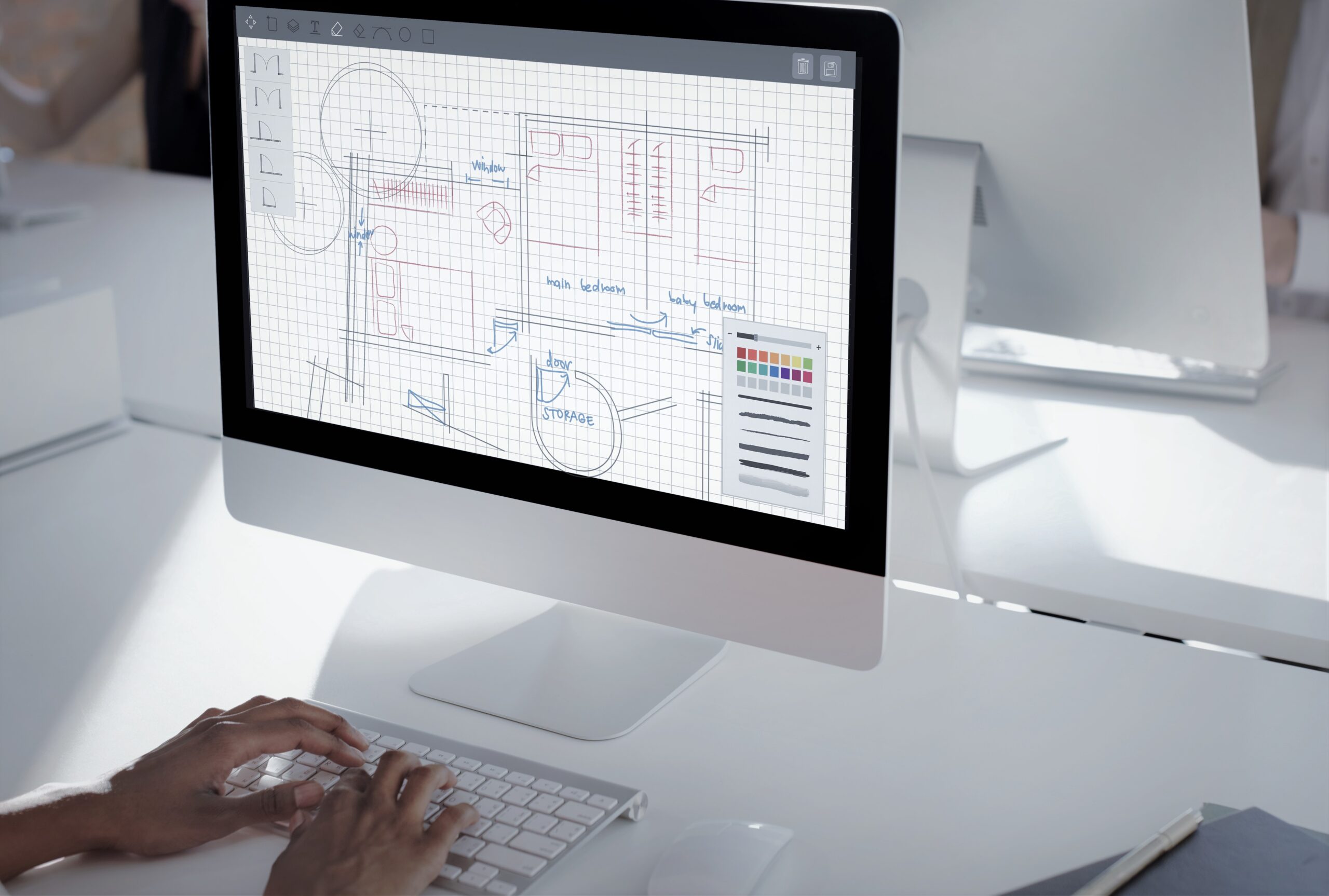In Brief
- Consumer-Centric Approach: Design thinking emphasizes a consumer-centric approach, prioritizing the consumer's needs through observation, empathy, and understanding the interactions between people and their environment, leading to innovative solutions that align with consumer preferences.
- Iterative Process: By embracing an iterative process that includes continuous observation, prototyping, and refinement based on real-life user engagement, businesses can develop human-centric product designs that significantly improve the user experience.
- Value Creation: Design thinking facilitates value creation by enabling businesses to identify and solve problems that consumers may not even be consciously aware of, thereby delivering products that exceed consumer expectations and foster long-term value.
What started out as a methodology for engineers to approach problems creatively is now taught to people from all walks of life as an approach to life in general. The business world is no exception and design thinking is transforming how companies approach problem solving.
To put it simply, design thinking puts the consumer’s needs over everything else. Observation, empathy, interactions between people and their environment and relationships form the basis for design thinking and lead to innovative solutions.
How does design thinking work?
Innovative product design is inherently dependent on the following 3 questions:
- What does the consumer want?
- Is it economically viable for the business?
- Is it technologically feasible?
Design thinking is an iterative process. You begin by firsthand observation of how users engage with a product or service in real life (or close simulations), instead of relying on possibly erroneous assumptions resulting from preconceived notions and culturally rooted beliefs. The product or service is then refined in a series of iterations, each ending with a working prototype, with the single objective of improving the user experience. The result is a human-centric product design.
Because design thinking relies on the production of prototypes, any concerns regarding business or technological feasibility are addressed at every iteration.
Why is design thinking important to business?
Design thinking enables businesses to truly create value by gaining insights into consumer pain points that are otherwise not accessible through traditional consumer research methodologies. For example, by relying on your own observations of how a user interacts with a product you can understand and identify issues which the user is unable to articulate. Thus, by solving problems which the consumer is not even consciously aware of, you end up with a product which exceeds consumer expectations (long term value).
Also, design thinking encourages creative thinking. By not limiting the number of probable solutions to what is currently possible, you lay the groundwork for an innovative product that responds to the consumer’s needs.
According to a report by IEEE, 3 of the major reasons for IT project failure are design related:
- Inadequate requirements assessment
- Communication concerns between consumers and developers
- Stakeholder politics
From the onset, the design thinking process encourages empathy, observation and communication at all levels which leads to reduced stakeholder friction and more accurate problem identification.
The 5 stages of design thinking
Empathize: observe and engage with your target audience
Define: come up with a problem statement
Ideate: explore ideas and solutions
Prototype: a tangible product that can be tested on users
Test: Handover your prototype to the users for feedback
Takeaway
Implementing design thinking is not complicated. You can start by implementing stage by stage, or instead of a company wide change, just apply the process to a particular project. This will give your employees a chance to compare design thinking with traditional problem-solving approaches and give you the opportunity to observe how employees react.
In other words, you can use design thinking to implement design thinking!
References:
What is design thinking and why is it important? (wework.com)









